Search
Search Results
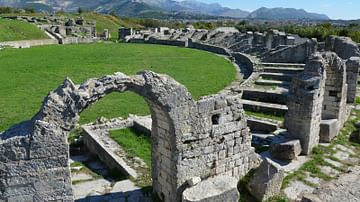
Definition
Salona
Salona was an ancient city located at the estuary of the river Jadro in present-day Solin, a suburb of Split on the Adriatic coast of Croatia. It became the capital of the Roman province of Dalmatia in 9 CE. Before the Romans Salona was...
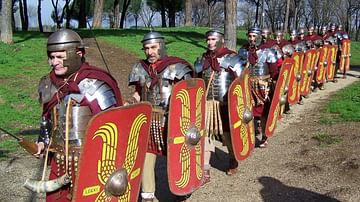
Article
Legions of Moesia
The province of Moesia was vital to the Roman military’s protection of the Balkans. Subdued by the Roman commander Marcus Licinius Crassus in 29 BCE, it was initially part of Macedonia. Due to its location along the Danube, it became essential...
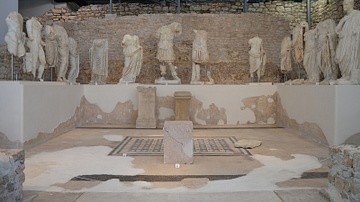
Image
Augusteum, Narona
The remains of the Augusteum at Narona (modern Vid, Croatia) with its fifteen marble sculptures exhibited on a platform. An Augusteum was a site of imperial cult, named after the imperial title of Augustus. The Augusteum at Narona seems to...
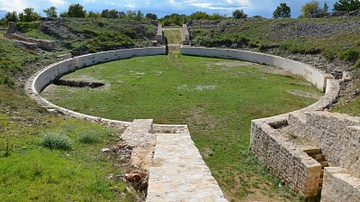
Image
Roman military amphitheatre
The military amphitheatre of Burnum Legionary Camp in Dalmatia (modern-day Croatia). It was completed in 76-77 CE under Vespasian. The legionary camp was erected at the turn of the new era at a strategically important position from which...
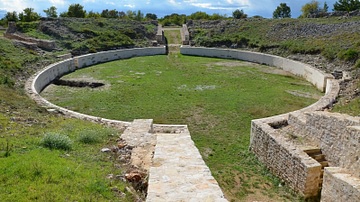
Image
Amphitheatre, Burnum
The Roman amphitheatre at Burnum legionary camp dating from the 1st century CE (during the time of emperor Vespasian). It is the only military amphitheatre in the Roman province of Dalmatia (Croatia).
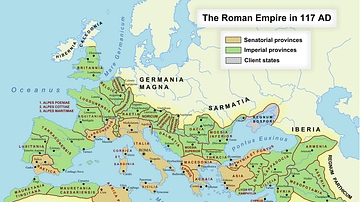
Image
Roman Empire in 117 CE
Map of the Roman Empire at its maximum extent in 117 CE, under the rule of Trajan.
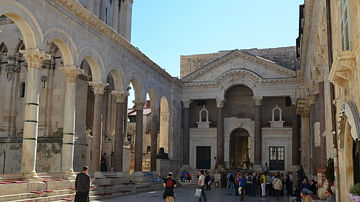
Image
Diocletian's Palace, Split
The peristyle is the heart of Roman emperor Diocletian's Palace (Split, Croatia) built at the turn of the fourth century CE.
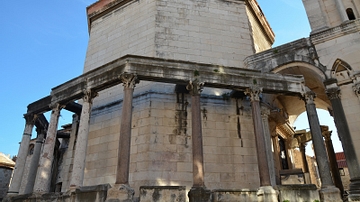
Image
Diocletian's Mausoleum
The octagonal mausoleum of Diocletian (now Cathedral of St. Domnius) inside Diocletian's Palace, Split (Croatia). Diocletian's Palace was built between 293-303 CE in preparation for his retirement on 1 May 305 CE.
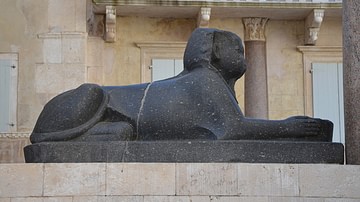
Image
Egyptian sphinx from Diocletian's Palace
Diocletian's Palace was decorated with numerous granite sphinxes originating from the site of Egyptian Pharaoh Thutmose III. Only three have survived the centuries. This one is still located on the Peristyle of Diocletian's Palace.
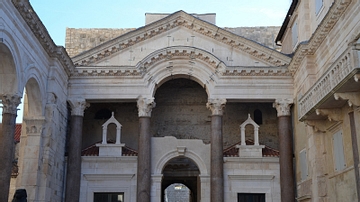
Image
Peristyle of Diocletian's Palace
The peristyle is the heart of Roman emperor Diocletian's Palace (Split, Croatia) built at the turn of the fourth century CE.